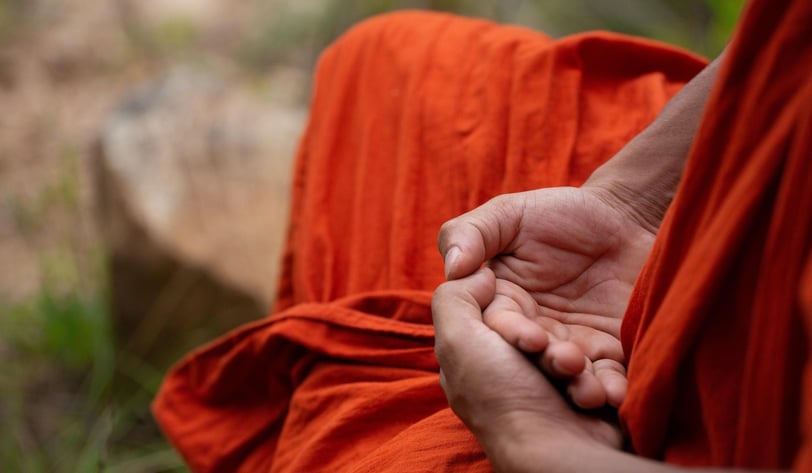The Manipur or naval chakra is a significant energy center within our body.
Focusing on this chakra allows you to perceive your internal organs as if through an x-ray. There are two key reasons for recognizing this chakra in relation to your internal organs. First, it is located at the center of our body. Second, a fetus receives nourishment in the womb via a tube linked to the navel. By concentrating on the hollow of the throat, you can eliminate feelings of hunger and thirst. Yogis have dedicated years to this meditation, enduring without food and water.


Naval chakra is a significant energy center within our body. By focusing on this chakra, you can gain insight into your internal organs, much like an x-ray. There are two key reasons for recognizing this chakra's importance regarding our internal organs. Firstly, it is located centrally in our body. Secondly, a fetus receives nourishment through a tube linked to the naval while in the womb. When you concentrate on the hollow of your throat, you may find that feelings of hunger and thirst diminish. Yogis have been known to endure long periods without food or water through this form of meditation. During meditation, it is essential to keep your spine straight and avoid any bodily movements. By directing your focus on the manubrium, which is the slightly raised area just below the throat's hollow, you can maintain stillness in your body and regulate your thoughts. This area is also referred to as kurma nadi, with "nadi" meaning nerve. Kurma nadi plays a crucial role in kundalini meditation. To ensure a smooth flow of energy through the nadis, practitioners often engage in stretching exercises, which help eliminate blockages. Focusing on the radiant light above your crown chakra, or sahasrara chakra, can grant you the ability to perceive the great siddhas. Siddhas are enlightened beings with immense power, often appearing in disguised forms. They possess various siddhis, or spiritual powers, and are typically classified into three groups. The first group of siddhas can fulfill any request, including the attainment of material wealth.
The second group may not provide you with material wealth, but it will draw you closer to the divine. They will impart a wealth of spiritual knowledge and steer you on the right path. The final group stands as the most powerful of the three, possessing immense influence. They will correct your missteps and can reveal the presence of God to you. A mere glance from them can transform your life and invigorate your being by elevating your kundalini energy. When you encounter an enlightened soul, your sahasrara chakra may become highly active, even without engaging in kundalini meditation. You might experience a sensation of pressure at the crown of your head as your body instinctively absorbs their energy. These are some of the siddhis that can be attained through diligent practice. While it may seem that such siddhis are beyond our reach, we can certainly aspire to approach that level. The key lies in committed practice. Patanjali emphasizes the significance of samyam, which combines two concepts: sam, meaning complete, and yamam, meaning discipline. Samyam, therefore, signifies total discipline. Achieving this requires unwavering commitment from both body and mind; if one falters, the other cannot function optimally. We have previously explored the relationship between body and mind in detail. It is essential to understand that these siddhis are not mere miracles but rather a science rooted in physiology and psychology. We will delve deeper into this topic in future discussions.
